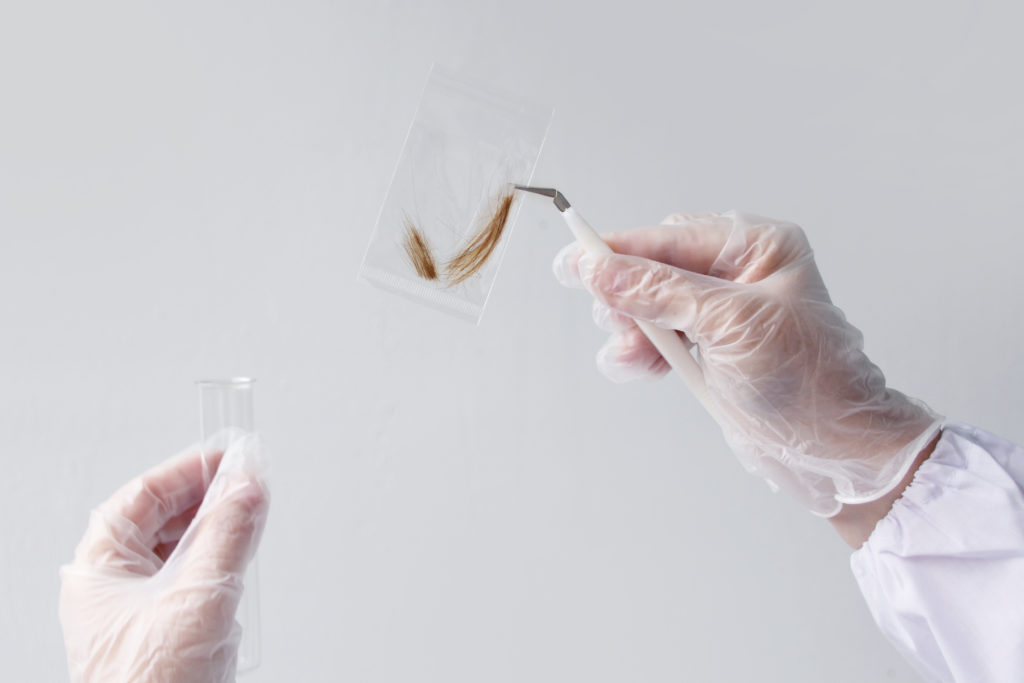Naturopathic hair testing
Our naturopaths use hair tests to determine what nutrients are missing from your child’s diet while measuring their exposure to elements that can be harmful to growing bodies.

Why our naturopaths use hair tests
Hair analysis is a non-invasive way to measure your little one’s exposure to certain metals, minerals and elements. Along with symptoms, medical history and other laboratory results, we can use the test results to identify chronic disorders caused by abnormal levels of toxic elements.
Hair follicle testing has become increasingly popular because of the enormous amounts of toxins in our environment and the depleting nutrients in the foods we eat. Because hair is an excretory tissue, different elements are left behind in the follicle – much like a time capsule that we can tap into to make sure your child’s body is as balanced as possible.
BOOK YOUR CONSULTATIONHair follicle testing can help us attribute troubling symptoms to toxic exposure

The following elements can lead to big challenges for families to navigate:
- Arsenic: Fatigue, headaches, dermatitis, increased salivation, muscular weakness, loss of hair and nails, pigmentation of skin, anaemia, and skin rashes.
- Cadmium: Loss of sense of smell, anaemia, dry scaly skin, hair loss, hypertension, and kidney problems.
- Lead: Delayed mental development, hyperactivity, delayed learning, behavioural problems, fatigue, anaemia, metallic taste, loss of appetite, weight loss, headaches, insomnia, nervousness, decreased nerve conduction, and motor neuron disorders.
- Mercury: Reduced taste, touch, vision and hearing, metallic taste with increased salivation, fatigue, anorexia, irritability, excitability, psychoses, mania, anaemia, numbness or tingling in hands and feet, tremors, lack of coordination, cardiovascular disease, hypertension, and renal dysfunction.
Get your FREE Diet and Symptom Diary
Download a symptom and diet diary to investigate whether certain foods are causing any issues. You can discuss the results with a healthcare professional to identify potential triggers
Track the Symptoms
Toxic Elements Tested
- Aluminium
- Antimony
- Arsenic
- Beryllium
- Bismuth
- Cadmium
- Lead
- Mercury
- Platinum
- Thallium
- Thorium
- Uranium
- Nickel
- Silver
- Tin
- Titanium
Mineral Elements Tested
- Calcium
- Magnesium
- Sodium
- Potassium
- Copper
- Zinc
- Manganese
- Chromium
- Molybdenum
- Boron
- Iodine
- Phosphorus
- Selenium
- Barium
- Cobalt
- Iron
What we test for in hair follicles
Booked an appointment? Here’s what you can do in the meantime
Download a symptom and diet diary to investigate whether certain foods are causing problems for your little one. You can bring the diary to your consultation to help us customise your child’s treatment options alongside any naturopathic hair testing results.

Free Consultation
Book Your Free Discovery Call
Got a question about naturopathic hair testing?
BOOK NOW




